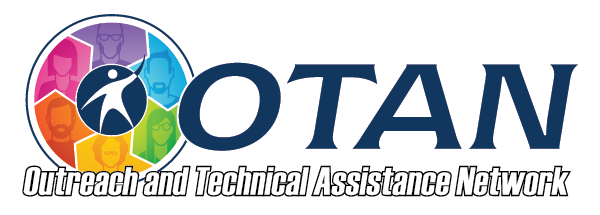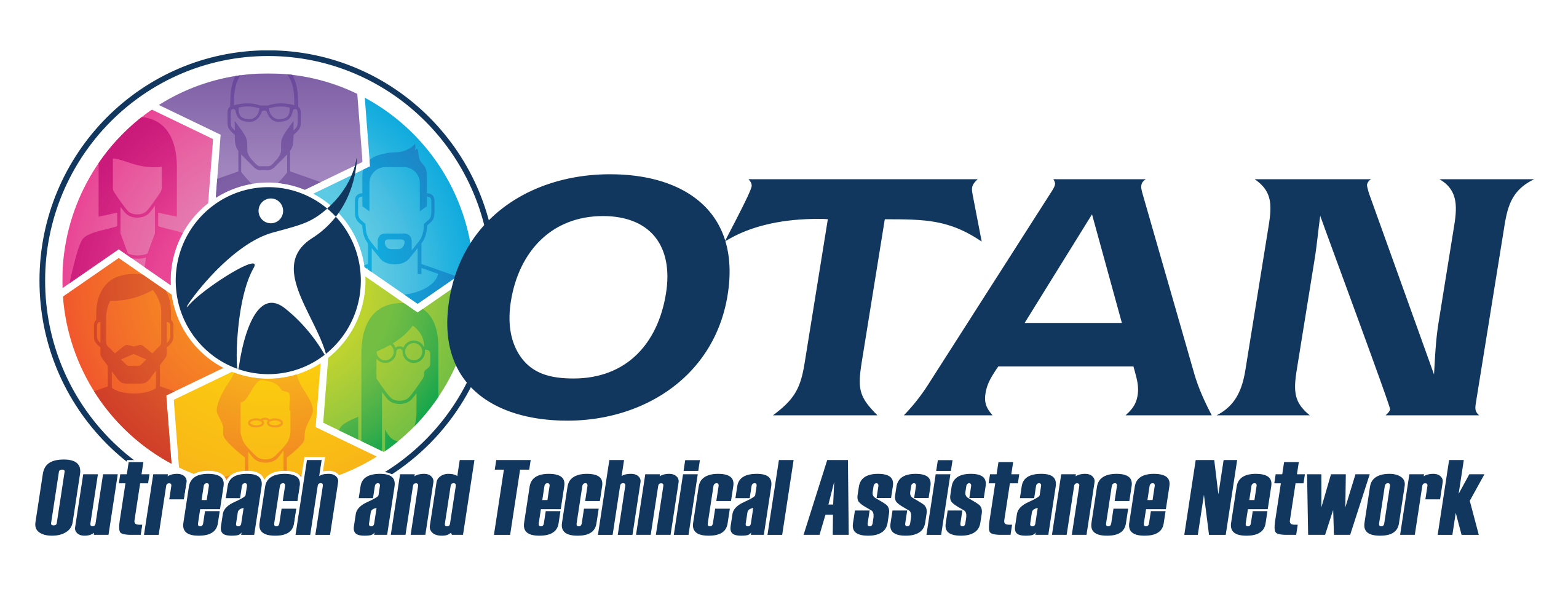Search
ASE: High School Diploma
145 Results
Activity Description
In this activity, HippoCampus resources are used to supplement classroom instruction. The teacher creates a playlist of resources that can enhance the learning experience. Some students will want to review video resources several times. Others may only watch a video once. HippoCampus is a way to provide differentiated instruction.
HippoCampus is a searchable database of more than 7000 free videos and multimedia resources in the National Repository of Online Courses (NROC) library. Resources are correlated to leading textbooks and state standards. Teachers can use high-quality videos, animations, and simulations on core academic topics to supplement classroom instruction, flip their classroom, reinforce learning through simulation, or to assign as homework. Content is most appropriate for adult school students working at the middle school or high school level.
There is no student enrollment or login. Accounts are only necessary for teachers that want to customize the site for their own classroom or to create their own playlists.
Program Areas
Activity Description
Learners will use AI in their lives. They need to learn how to use it effectively, accurately and ethically. In this lesson, learners will identify when to use AI assistance, how to use it effectively, how to evaluate the accuracy of AI responses and how to use AI ethically.
21Things4Students ins an online learning resource focused on teaching students technology proficiency. The information is presented for students through projects. It is designed for K12 but the interactives, videos and resources are well worth your time. One of their topics is Q7 Intro to Artificial Intelligence (AI): Introduction Vocabulary, What is AI? AI in Real Life, AI Playground, AI Prompt Writing, Training AI, AI Ethics & Privacy
Program Areas
Levels
Activity Description
In this activity, students work in groups to explore the 1492 exhibit called An Ongoing Voyage. Just as the first Europeans explored the world, students are guided through various ports of the Mediterranean and the Americas.
The exhibit provides two levels of use: one is a guided tour, which will be represented by the image of a ship: and the words Continue the Voyage will be alongside the image. When students finish exploring the documents and images to be found at a particular destination, they will want to sail on to the next by area by selecting either the image of the ship or the highlighted destination.
The exhibition examines the first sustained contacts between American people and European explorers, conquerors, and settlers from 1492 to 1600. The exhibit is divided into six sections:
What Came To Be Called "America"
The Mediterranean World
Christopher Columbus: Man and Myth
Inventing America
Europe Claims America
Epilogue
These sections are all links to other pages.
Program Areas
Activity Description
This is a very interactive site that allows for group work (if you have a computer and projector or an interactive whiteboard) or individual work by a student. Students will learn about individual rights, court decisions, presidential responsibilities, how to become a citizen, separation of powers, the Constitution and Bill of Rights, The Judicial Branch, Executive Branch, Legislative Branch, Money Management, and Media and Influence.
For this lesson we will focus on Media and Influence: Propaganda, but if another topic meets your needs, feel free to explore and find another lesson.
Program Areas
Levels
Activity Description
In this activity, students learn the difference between the popular vote and the Electoral College, analyze the differences between the presidential and congressional elections, compare the various nomination processes, and learn about party conventions. This is a complete lesson with worksheets and PowerPoint presentations provided. This activity concludes with the game "Win the White House", in which students make their own decisions on issues, fundraising, and public appearances. This game can be played at various levels.
https://otan.us/VideoPresentations/DigitalResourcesArticle/187#gsc.tab=0

